Allergic urticaria is a common condition that causes swollen, itchy skin rashes resembling insect bites or nettle burns. It usually develops in response to allergens and therefore requires accurate diagnosis and targeted treatment.
Epidemiology
Allergic urticaria ranks among the most frequent allergic reactions. According to various studies, its prevalence ranges from 10% to 20% in the general population. Notably, acute cases occur more often in children and young adults, whereas chronic forms tend to affect adults, especially women.
Pathophysiology
Allergic urticaria stems from a complex immune response involving several key mechanisms:
- Mast cell activation: When an allergen enters the body, mast cells degranulate and release histamine, as well as other inflammatory mediators like prostaglandins and leukotrienes.
- Histamine response: Histamine causes blood vessels to dilate and increases capillary permeability, which in turn leads to swelling and blister formation.
- Immune activation: In some cases, specific IgE antibodies confirm the allergic origin of the reaction.
Causes of Allergic Urticaria
The immune system triggers urticaria after contact with certain substances (allergens). This contact activates mast cells and basophils, prompting them to release histamine and other chemicals. As a result, swelling and rashes develop.
Common allergens include:
- Foods: milk, eggs, nuts, fish, seafood, some fruits
- Medications: especially antibiotics and NSAIDS
- Insect bites
- Contact allergens: latex, cosmetics, chemicals
- Physical factors: cold, heat, sunlight, pressure (less common)
Types of Urticaria
Allergic urticaria can be categorized by duration:
- Acute urticaria: Symptoms last less than six weeks, typically resolve within a week, and only 40% of cases progress to a chronic form.
- Chronic urticaria: This form persists for more than six weeks, with at least two episodes per week. In many cases, symptoms continue for over a year. Triggers may include autoimmune diseases or chronic infections.
Symptoms
Symptoms vary by individual and allergen type. Urticaria appears as itchy, red or pink skin blisters with clear edges and no peeling. These blisters may merge, move, and vanish within hours or days. Typically, they appear on the trunk, limbs, and face.
Severe symptoms may include:
- Rapid spread of hives over the body, including the face, lips, and around the eyes
- Significant facial swelling, especially around the eyelids and mouth
- Breathing difficulties and nasal congestion
- Chest tightness and low blood pressure
- Gastrointestinal distress: nausea, vomiting, abdominal pain, diarrhea
- Dizziness, joint pain, and fever
Complications
- Angioedema (Quincke’s oedema): This condition causes deep swelling of the skin, mucous membranes, and airways, possibly leading to asphyxiation.
- Anaphylaxis: A severe systemic allergic reaction can quickly result in respiratory failure and circulatory collapse. Therefore, it requires immediate emergency care.
Diagnosis
Doctors tailor the diagnosis of allergic urticaria to each patient. They assess potential allergens, recent exposures, and coexisting conditions. Afterwards, a skin exam is performed, followed by further testing if needed.
Diagnostic methods include:
- Allergic skin test: A doctor applies allergen extracts to the skin and pricks the surface to observe for a reaction. A positive result appears as a small, itchy blister within 20 minutes.
- Specific IgE blood test: This test measures levels of allergen-specific IgE antibodies. High levels suggest prior allergen exposure. Results usually arrive in 2–3 days.
Additionally, for suspected chronic urticaria, doctors may test for autoimmune or inflammatory conditions.
Treatment
Treatment focuses on relieving symptoms and preventing flare-ups. Your doctor will tailor the approach based on severity and underlying causes.
Main treatments include:
- Antihistamines: These are the first-line therapy (e.g., cetirizine, levocetirizine, loratadine).
- Corticosteroids: Short-term systemic use (e.g., methylprednisolone, dexamethasone) is considered for severe cases.
- Immunosuppressants: Used for chronic forms (e.g., cyclosporine).
- Biologics: For severe chronic urticaria, drugs like omalizumab may help reduce IgE levels.
First Aid at Home (for Acute Urticaria)
In case of a sudden reaction:
- Take an antihistamine immediately.
- Apply a topical corticosteroid to the affected skin.
- Seek medical attention without delay.
Prevention
To reduce the likelihood of flare-ups:
- Follow a hypoallergenic diet if food allergies are known.
- Avoid contact with allergens like medications, pollen, and harsh chemicals.
- Wear loose, breathable clothing and avoid rough fabrics, fur, or synthetics.
- Limit exposure to extreme temperatures and always use sunscreen in direct sunlight.
- Refrain from scratching to prevent worsening symptoms or infection.
- Maintain healthy sleep habits and manage stress.
- Schedule regular allergy tests.
- Stay in close contact with your healthcare provider for monitoring and treatment adjustments.

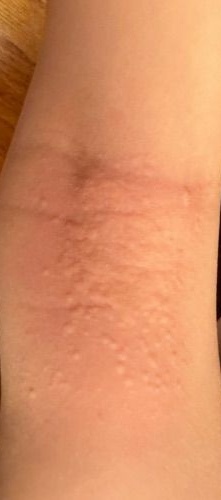
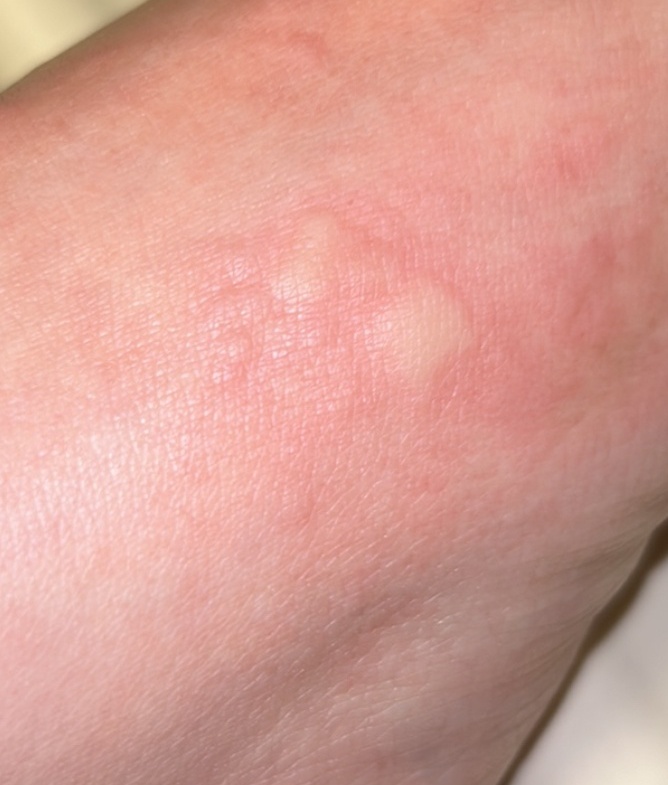
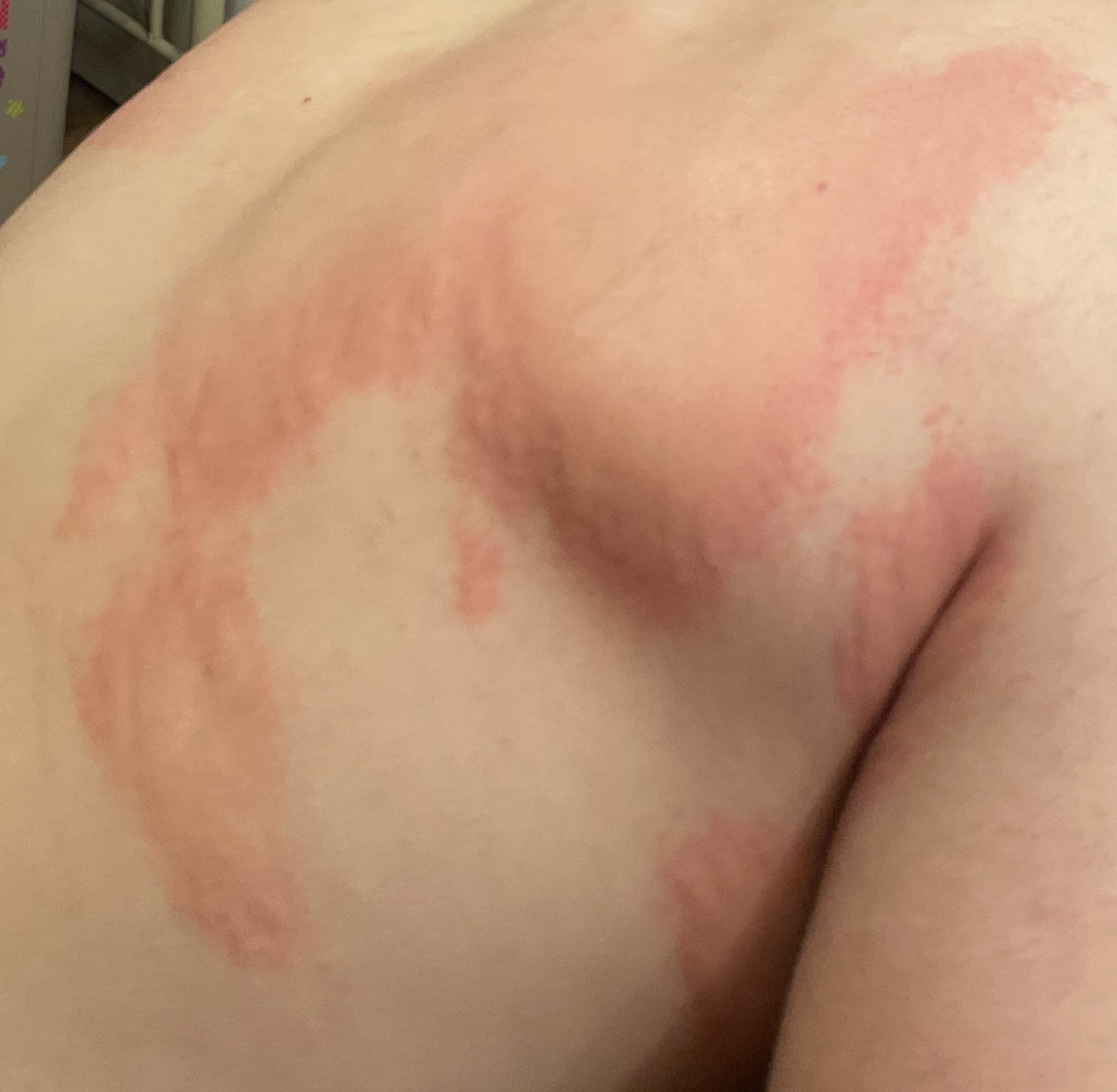


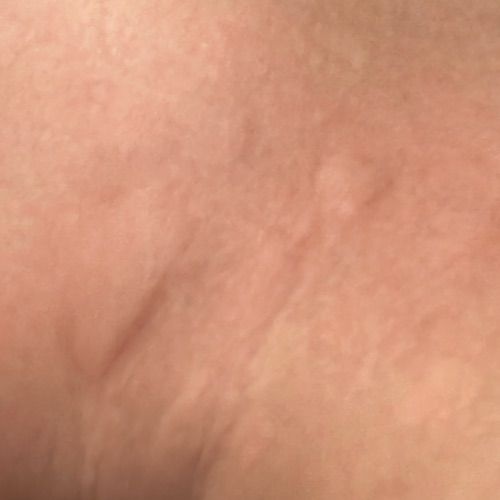

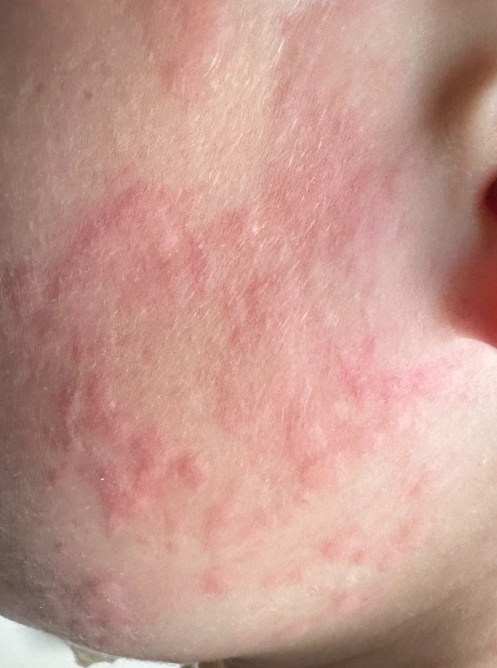
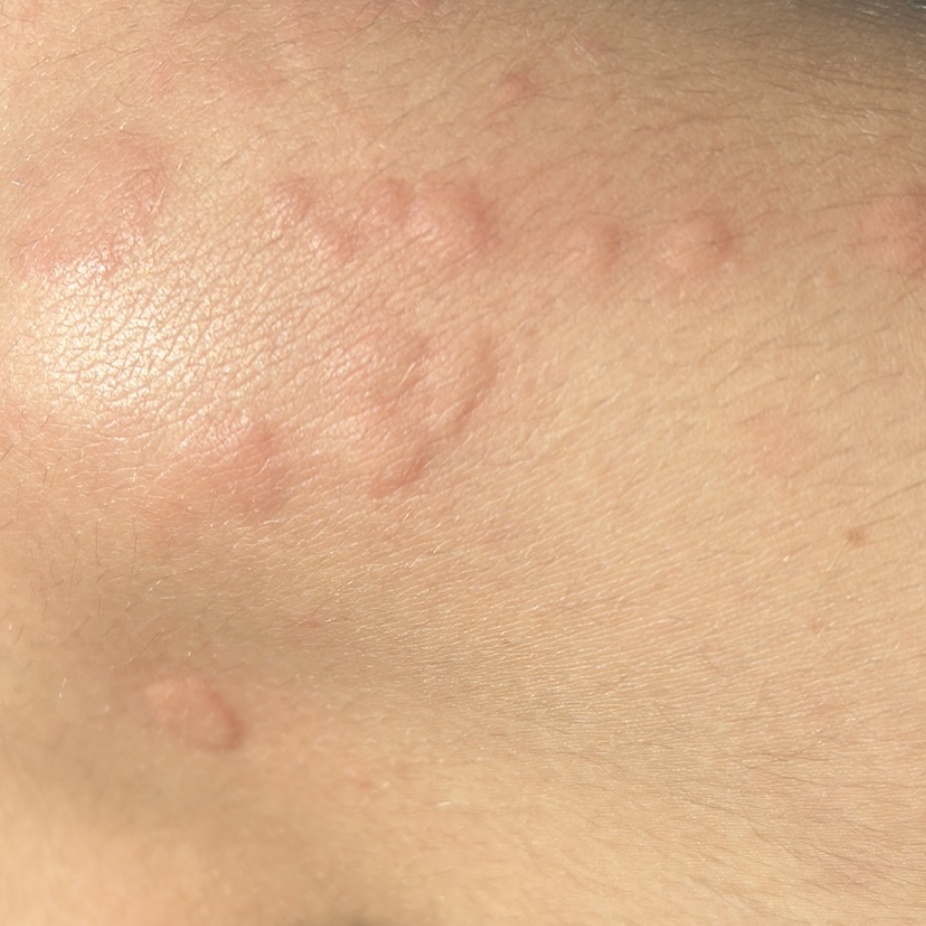

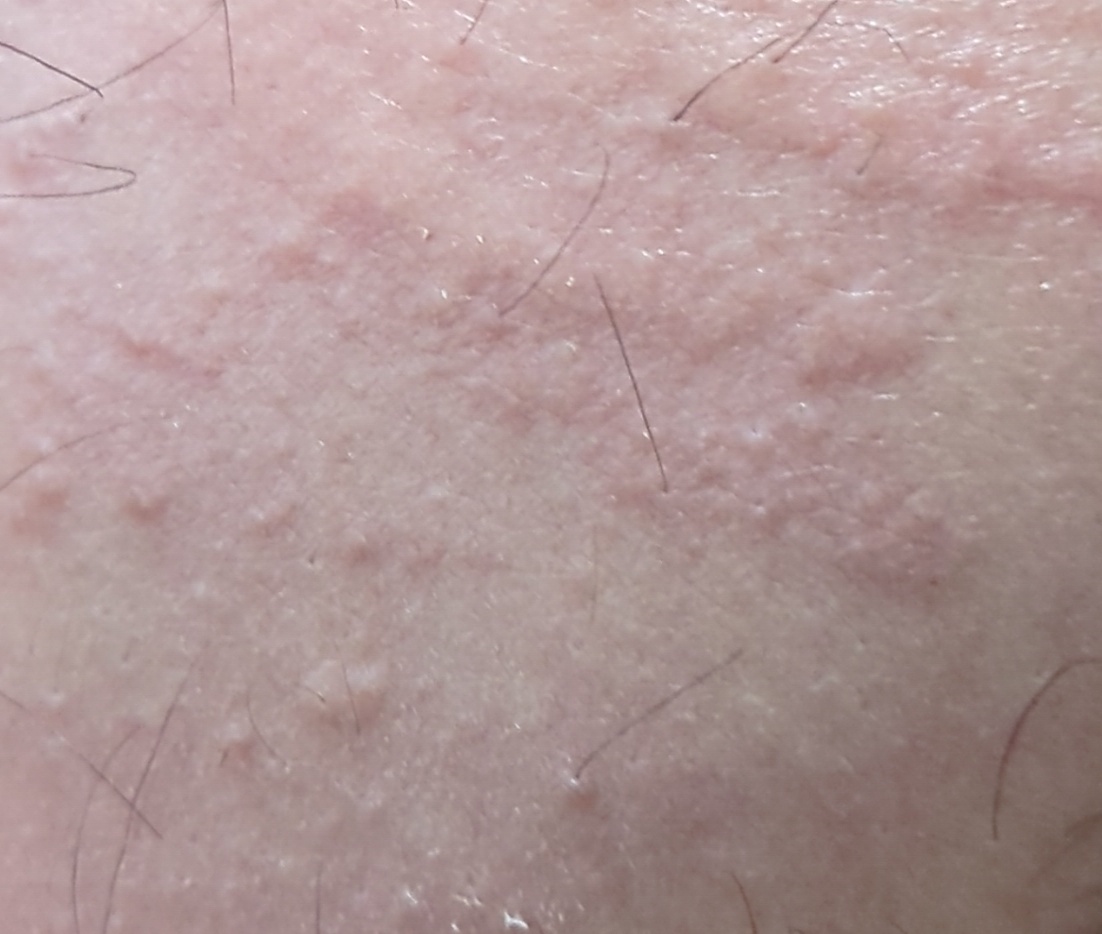
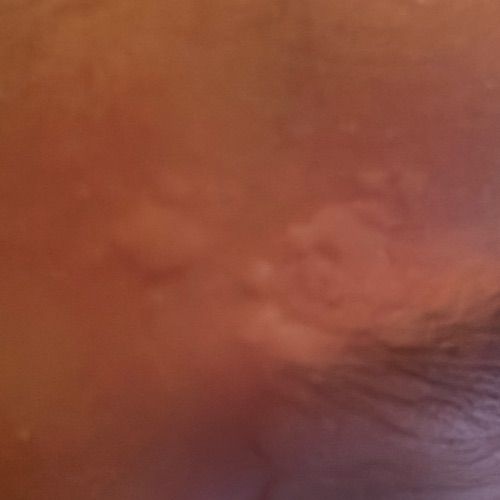

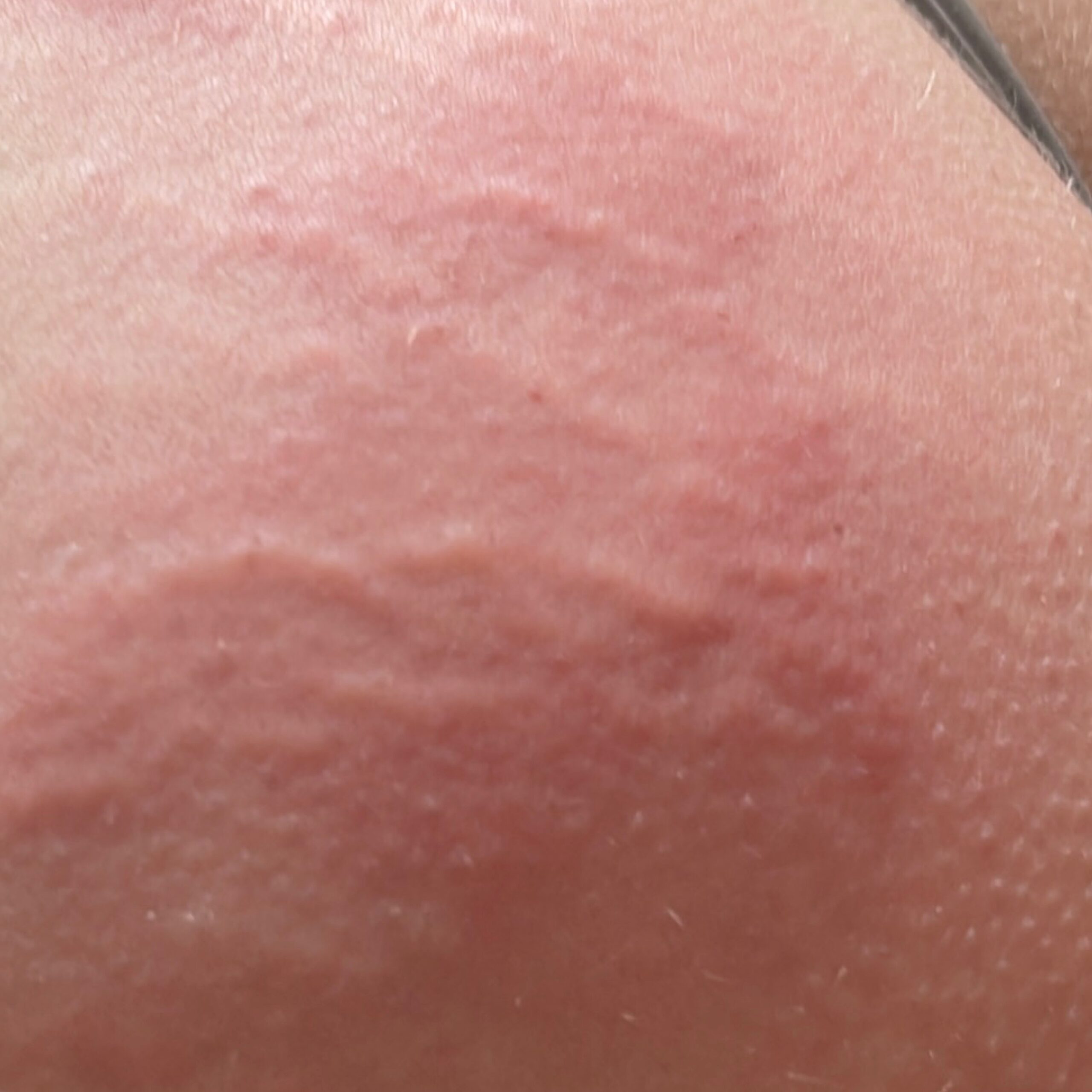
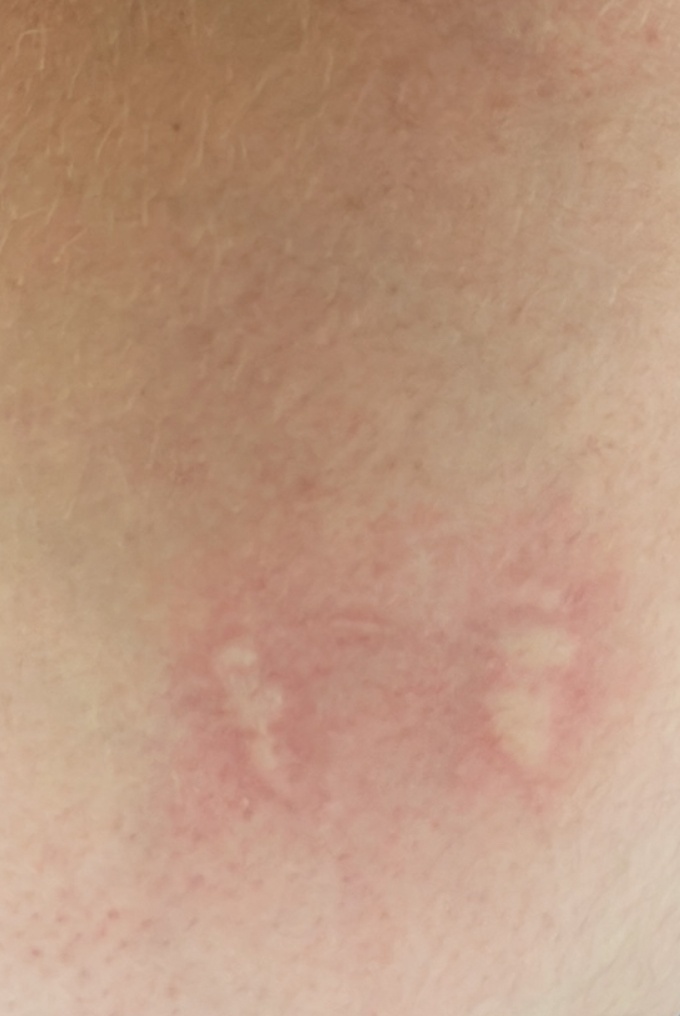
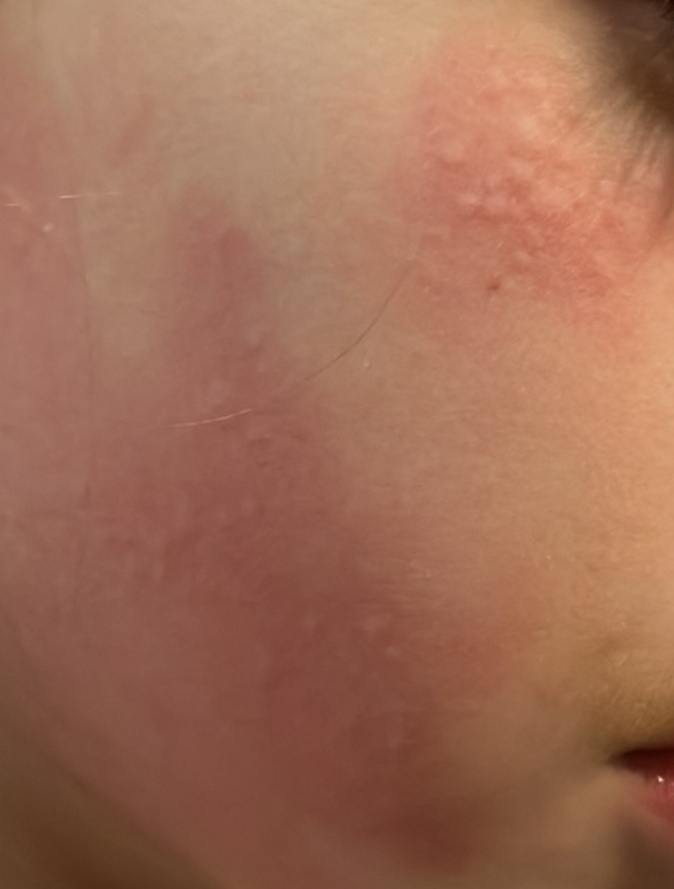
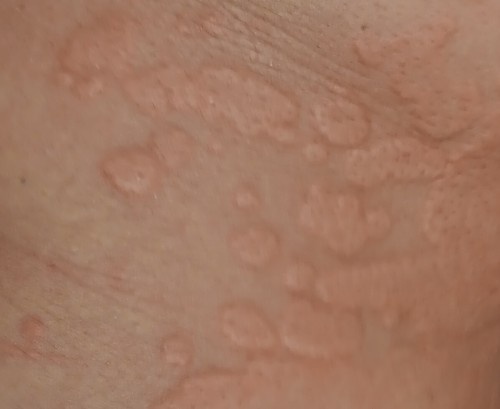

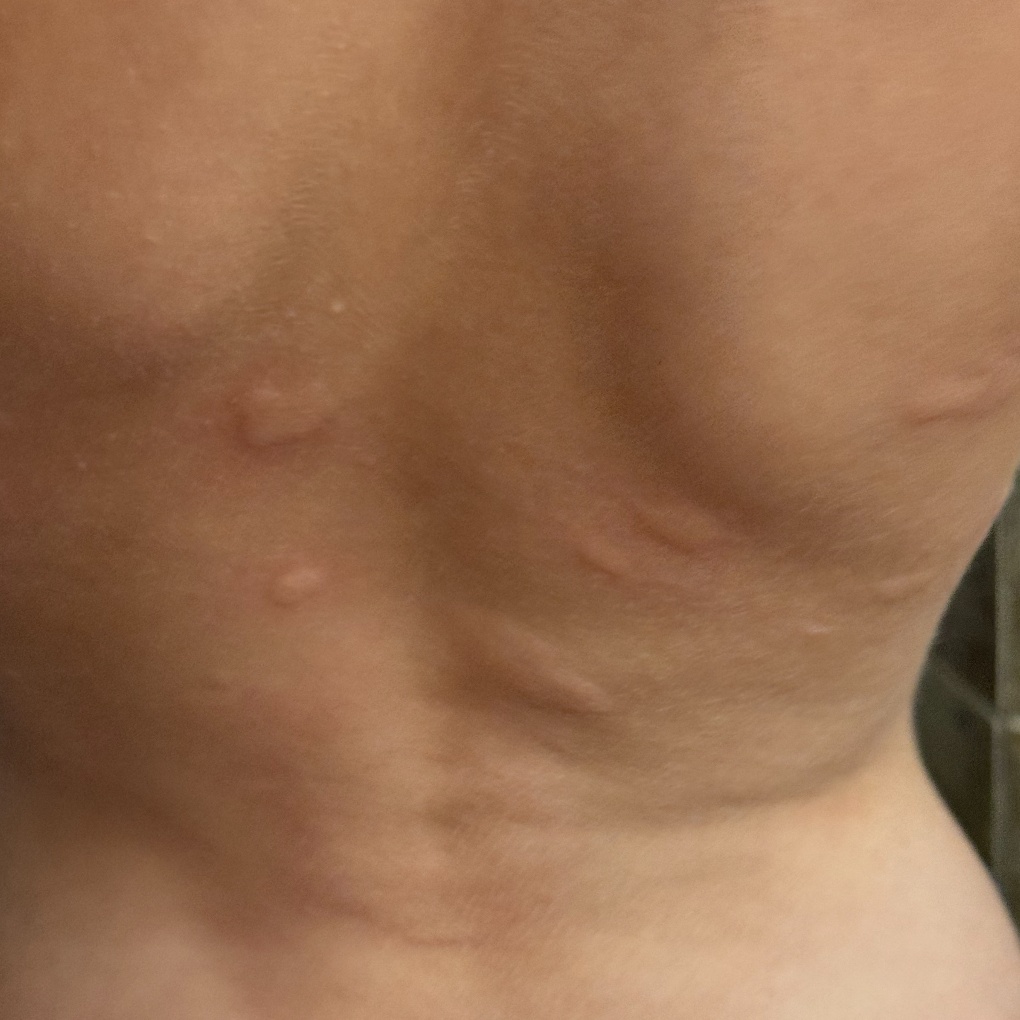
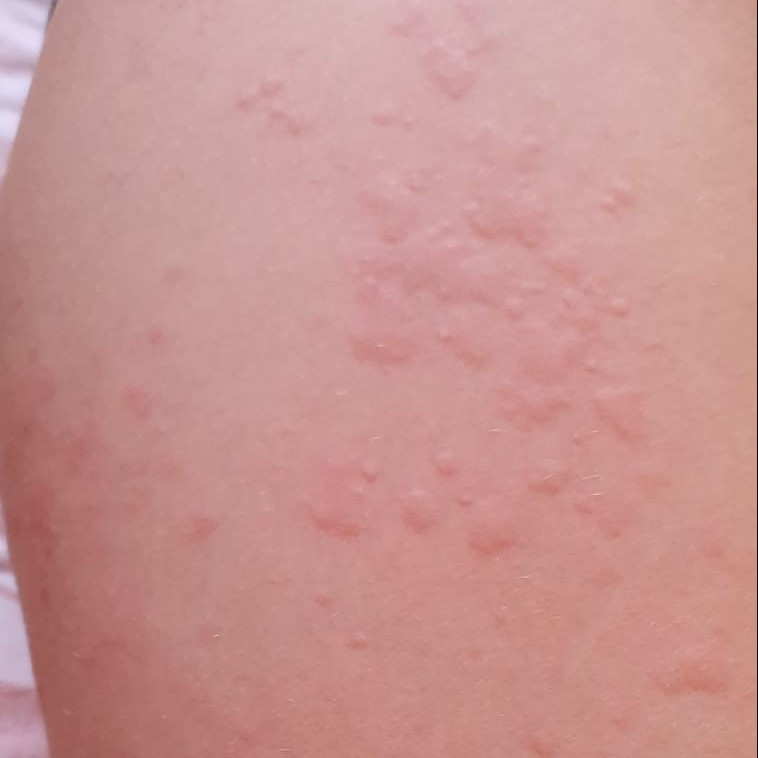
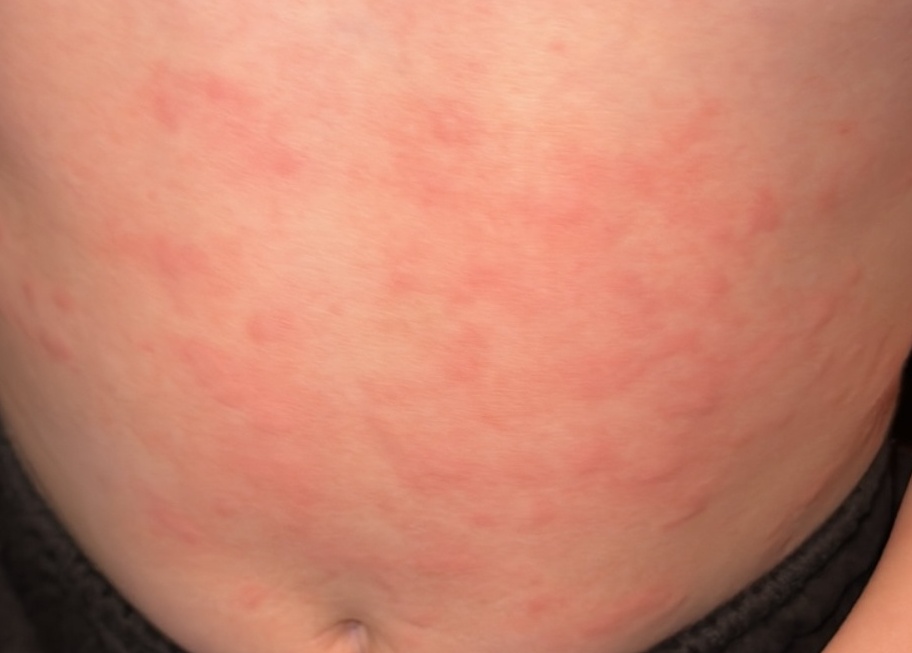


** Should you identify any copyright infringement regarding the images on this page, kindly reach out to us at info@skinive.com.
Furthermore, please be advised that these photos are not authorized for any purpose.
